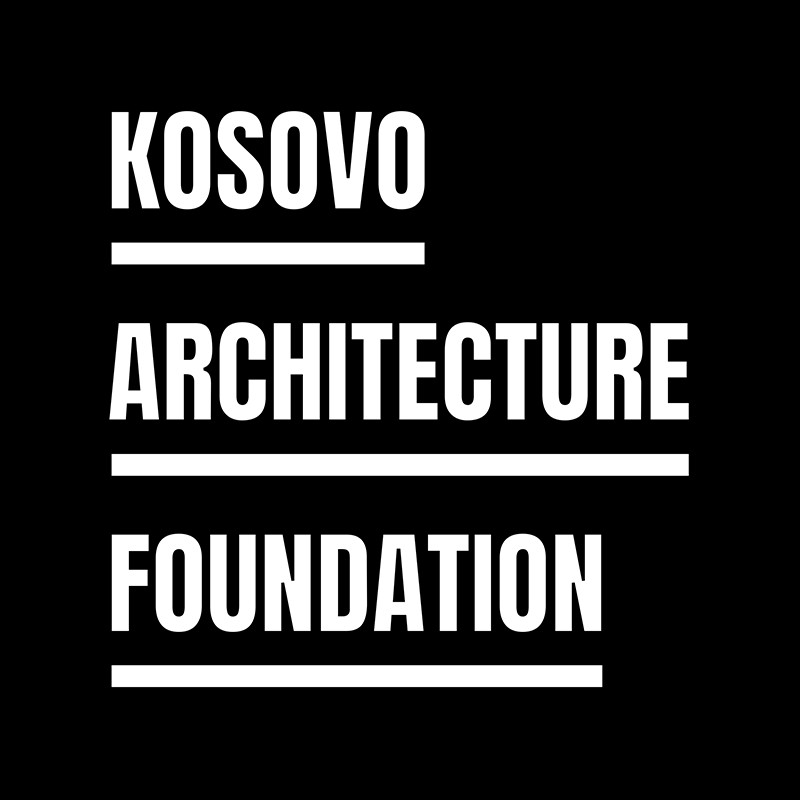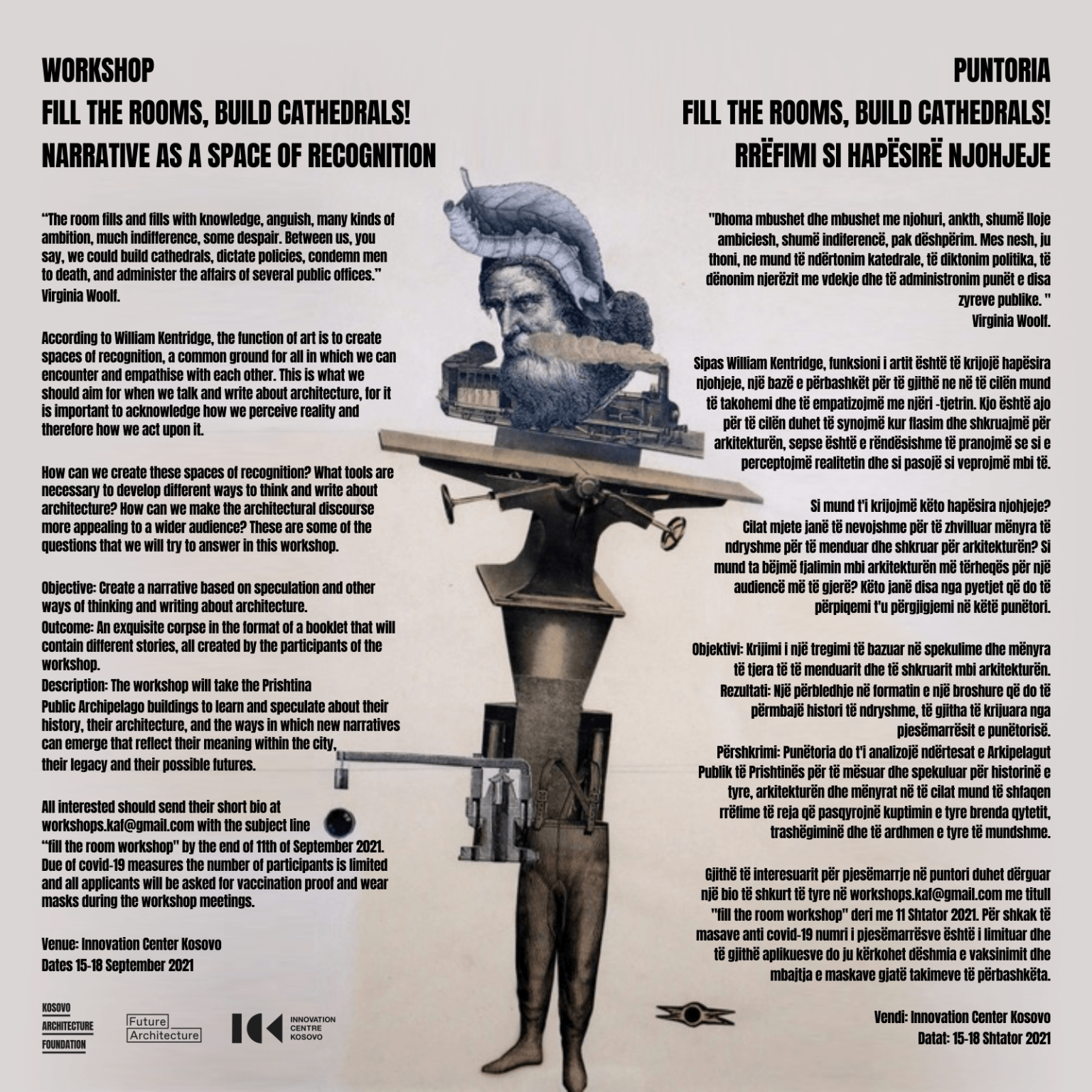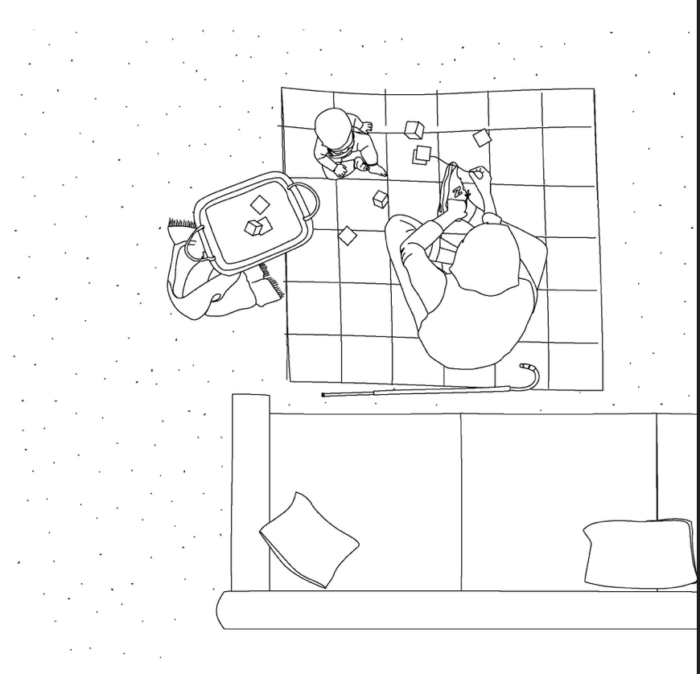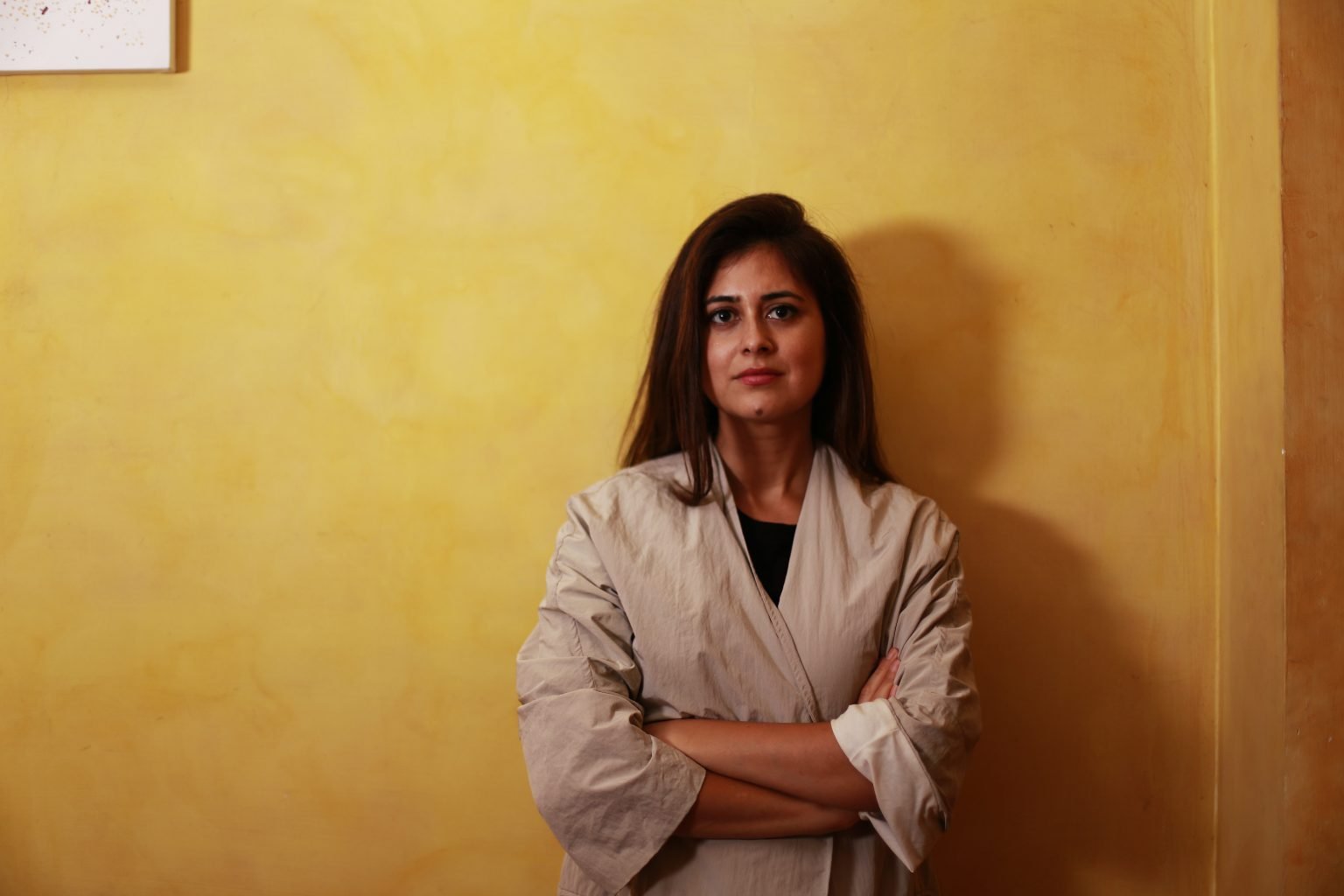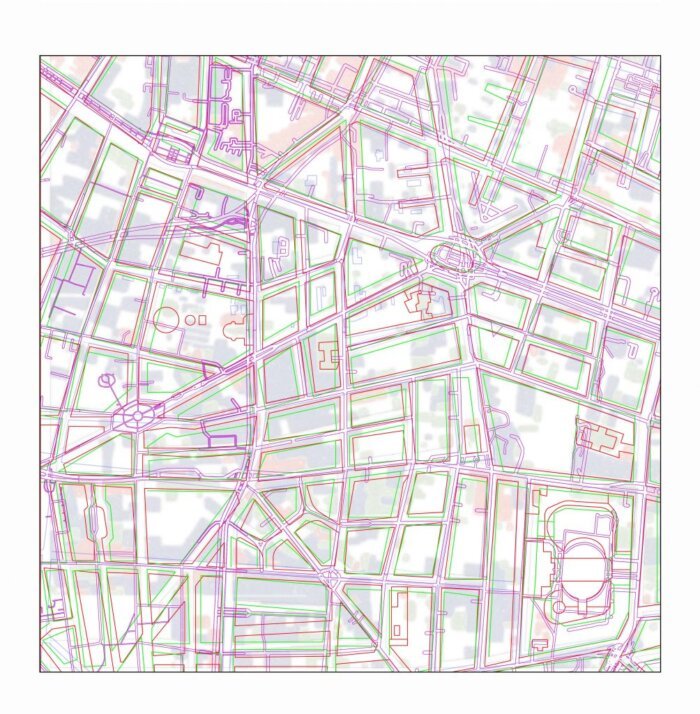FILL THE ROOMS, BUILD CATHEDRALS ! KAF 2021
EN/
Fill the rooms, build cathedrals!
Narrative as a space of recognition.
“The room fills and fills with knowledge, anguish, many kinds of ambition, much indifference, some despair. Between us, you say, we could build cathedrals, dictate policies, condemn men to death, and administer the affairs of several public offices.” Virginia Woolf.
According to William Kentridge, the function of art is to create spaces of recognition, a common ground for all in which we can encounter and empathise with each other. This is what we should aim for when we talk and write about architecture, for it is important to acknowledge how we perceive reality and therefore how we act upon it.
How can we create these spaces of recognition? What tools are necessary to develop different ways to think and write about architecture? How can we make the architectural discourse more appealing to a wider audience? These are some of the questions that we will try to answer in this workshop.
Objective: Create a narrative based on speculation and other ways of thinking and writing about architecture.
Outcome: An exquisite corpse in the format of a booklet that will contain different stories, all created by the participants of the workshop.
Description: The workshop will take the Prishtina Public Archipelago buildings to learn and speculate about their history, their architecture, and the ways in which new narratives can emerge that reflect their meaning within the city, their legacy and their possible futures.
All interested should send their short bio at workshops.kaf@gmail.com with the subject line “fill the room workshop” by the end of 11th of September 2021. Due of covid-19 measures the number of participants is limited and all applicants will be asked for vaccination proof and wear masks during the workshop meetings.
Venue: Innovation Center Kosovo / Dates 15-18 September 2021
AL/
Puntoria
Fill the rooms, build cathedrals!
Rrëfimi si hapësirë njohjeje.
“Dhoma mbushet dhe mbushet me njohuri, ankth, shumë lloje ambiciesh, shumë indiferencë, pak dëshpërim. Mes nesh, ju thoni, ne mund të ndërtonim katedrale, të diktonim politika, të dënonim njerëzit me vdekje dhe të administronim punët e disa zyreve publike.” Virginia Woolf.
Sipas William Kentridge, funksioni i artit është të krijojë hapësira njohjeje, një bazë e përbashkët për të gjithë ne në të cilën mund të takohemi dhe të empatizojmë me njëri -tjetrin. Kjo është ajo për të cilën duhet të synojmë kur flasim dhe shkruajmë për arkitekturën, sepse është e rëndësishme të pranojmë se si e perceptojmë realitetin dhe si pasojë si veprojmë mbi të.
Si mund t’i krijojmë këto hapësira njohjeje? Cilat mjete janë të nevojshme për të zhvilluar mënyra të ndryshme për të menduar dhe shkruar për arkitekturën? Si mund ta bëjmë fjalimin mbi arkitekturën më tërheqës për një audiencë më të gjerë? Këto janë disa nga pyetjet që do të përpiqemi t’u përgjigjemi në këtë punëtori.
Objektivi: Krijimi i një tregimi të bazuar në spekulime dhe mënyra të tjera të të menduarit dhe të shkruarit mbi arkitekturën.
Rezultati: Një përbledhje në formatin e një broshure që do të përmbajë histori të ndryshme, të gjitha të krijuara nga pjesëmarrësit e punëtorisë.
Përshkrimi: Punëtoria do t’i analizojë ndërtesat e Arkipelagut Publik të Prishtinës për të mësuar dhe spekuluar për historinë e tyre, arkitekturën dhe mënyrat në të cilat mund të shfaqen rrëfime të reja që pasqyrojnë kuptimin e tyre brenda qytetit, trashëgiminë dhe të ardhmen e tyre të mundshme.
Gjithë të interesuarit për pjesëmarrje në puntori duhet dërguar një bio të shkurt të tyre në workshops.kaf@gmail.com me titull “fill the room workshop” deri me 11 Shtator 2021. Për shkak të masave anti covid-19 numri i pjesëmarrësve është i limituar dhe të gjithë aplikuesve do ju kërkohet dëshmia e vaksinimit dhe mbajtja e maskave gjatë takimeve të përbashkëta.
Vendi: Innovation Center Kosovo / Datat: 15-18 Shtator 2021
